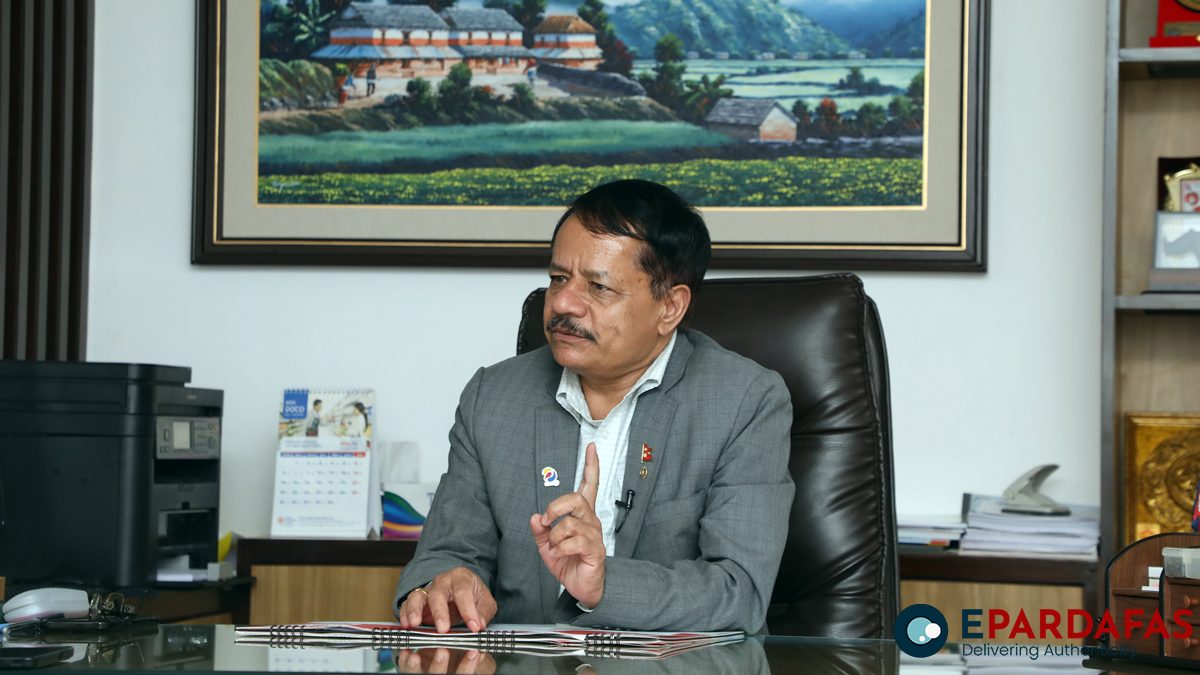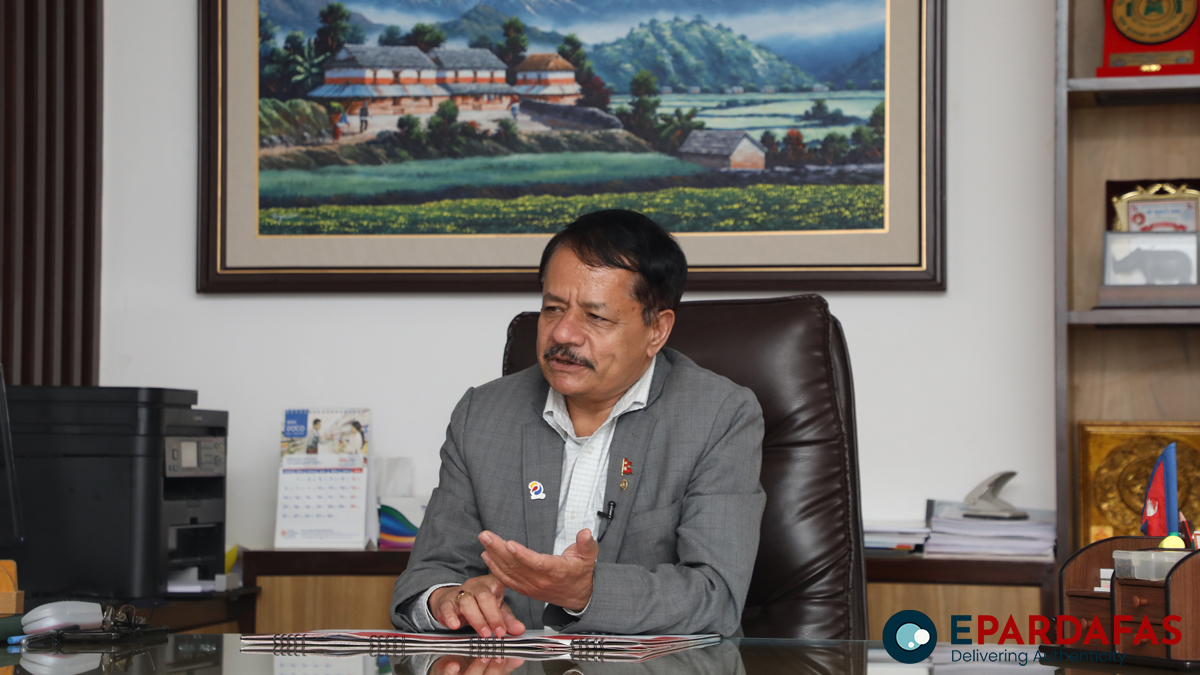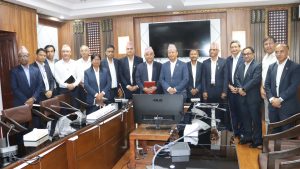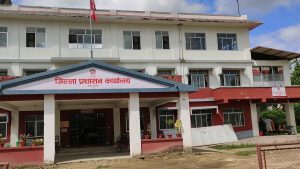
CIT’s Vision for Future Investments and Services
In a recent conversation, Rastriya Samachar Samiti’s Ramesh Lamsal sat down with Raman Nepal, the Executive Director of the Citizen Investment Trust (CIT), to delve into the institution’s latest endeavors and its strategic outlook. Here are the key excerpts from the interview:
As your tenure comes to a close after around five years as the CIT chief, how would you assess your performance during this time?
Over the years, significant progress has been achieved. We’ve established a well-equipped CIT building that generates income by renting out three floors. Our information technology capabilities have notably improved through the implementation of NLK Web-Based Software. This has facilitated accessible services for people ranging from Taplejung to Darchula. Our paid-up capital has surged from Rs 900 million to Rs 5.2 billion, achieved through methods such as right share allocations. Deposits have increased from Rs 111 billion to Rs 220 billion, with a commendable deposit saving rate. We’ve extended our services beyond government employees, including self-employed individuals, under the Citizen Pension Scheme. Notably, we’ve transformed into a proactive player in the capital market through the establishment of Citizen Stock Dealer. Regular annual general meetings and audits are now in place, and five new branch offices have been opened.
Given the similarities between the Employees Provident Fund (EPF), Citizen Investment Trust (CIT), and Social Security Fund (SSF), is there a possibility of merging these institutions?
A. Merging these entities might risk creating a monopoly and hampering competition in service delivery. Each institution has its unique characteristics and roles. The CIT operates under a public-private partnership model, accommodating the government, public corporations, banks, and general public. Merging all three could lead to complex management issues. These diverse institutions are essential and complement each other, operating as voluntary saving institutions based on trust.
Some critics argue that CIT’s returns are lower and thus less attractive to the general public. What’s your response?
We provide additional returns each year considering profits from various financial details. Unlike fixed deposits, we offer an annual deposition scheme, and last year, we achieved a 1.5 percent return. Our returns often surpass market interest rates. We maintain a spread rate of 1.14 percent, significantly lower than the Nepal Rastra Bank’s set rate for BFIs at 4.43 percent. We’re committed to increasing participation and returns on investments.

There have been claims that CIT has not introduced enough new programs and has not attracted enough participants. How do you address this?
We’ve encountered limitations and obligations in our operations. Human resources, for instance, must be hired through the Public Service Commission. With limited staff, we’re focusing on regularizing annual general meetings, audits, and improving information technology. Our attention is also on new programs, including launching an asset management company to facilitate remittance inflow through formal channels.
Some stakeholders believe that if institutions like CIT took proactive measures, market interest rates could decrease. What’s your take?
While we’re making efforts, it’s important to recognize the limitations. Our institution operates differently from traditional banks, making certain activities unfeasible. We aim to maintain a balance between participation and facilitating returns, understanding the inherent risks in investments.
The CIT has been involved in guaranteeing shares, and criticism arose regarding shares of a cement company. How do you respond?
Our role as a share guarantor involves thorough analysis and due diligence. The disputes surrounding the cement company were primarily fueled by unhealthy competition among various parties. We remain committed to our responsibilities and are cautious in our investment decisions.
What’s CIT’s direction for the future in terms of new programs and investments?
We aim to refine existing programs, expand the citizen pension scheme, mobilize resources, and invest in the infrastructure sector. Establishing an asset management company is on our agenda.
Are there any significant projects CIT is considering after its involvement in the Upper Tamakoshi Project?
We’re considering participation in the energy sector, particularly hydropower projects. We’re ready to invest in various projects that align with our objectives.
Depositors have raised concerns about taxes affecting their savings. What’s your perspective?
We’ve implemented taxation provisions according to government rules, with various exemptions for different income levels. Taxation is essential for the economic system and helps maintain a balance between public benefits and government revenues.
The Citizen Investment Trust continues to evolve its services, investments, and strategies, all while navigating the complexities of the financial landscape.
Edited By Editorial team of epardafas.















Comments